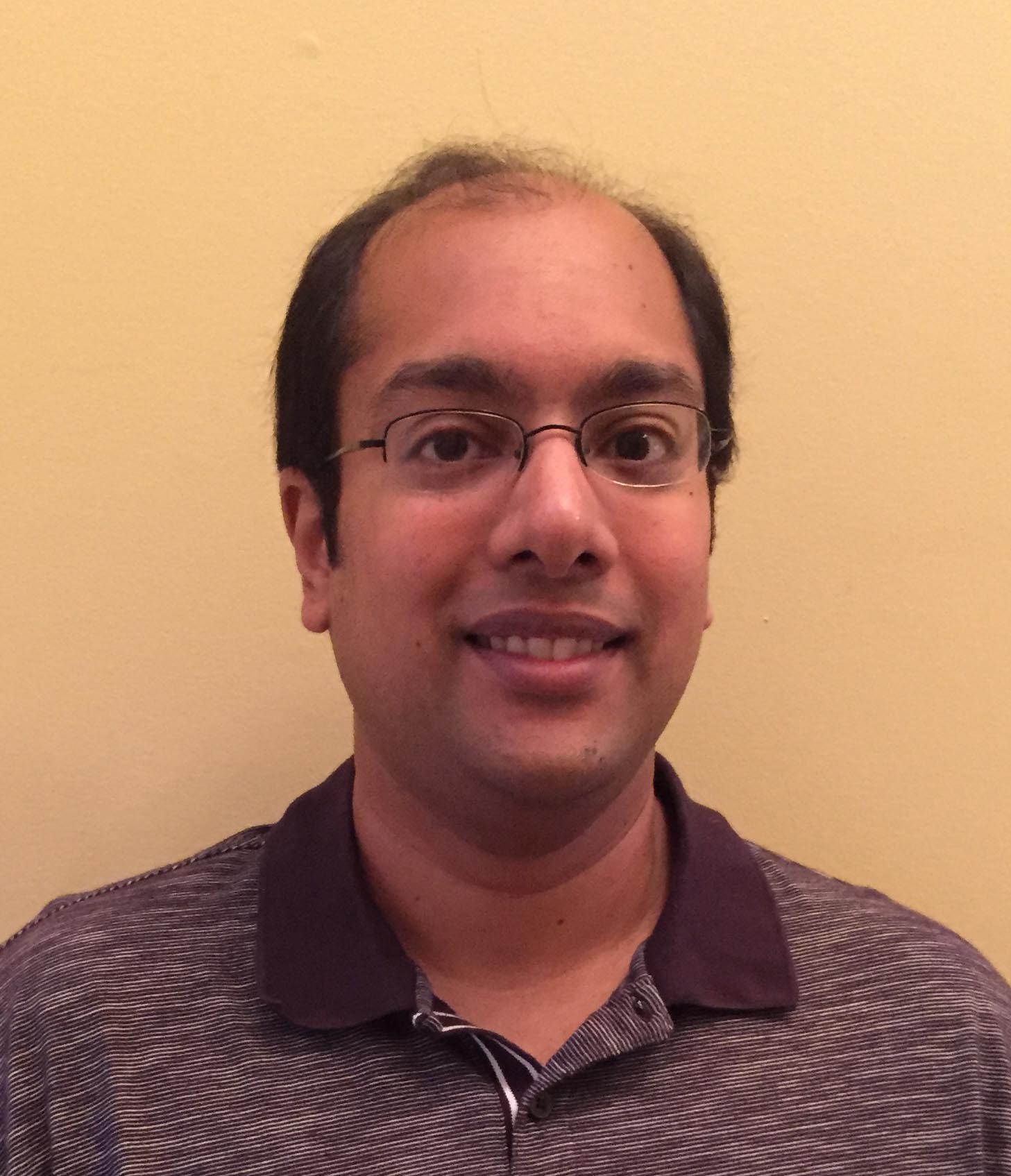biography
Dr. Amar M. Singh is a research faculty member in the Department of Biochemistry and Molecular Biology at the University of Georgia. Dr. Singh received his undergraduate and graduate training at the University of Florida, and obtained his Ph.D in Molecular Cell Biology in 2006. He then went on to perform postdoctoral research at the University of Miami and the University of Georgia. He later went on to work in the biotechnology sector at Transposagen Biopharmaceuticals, Inc., prior to returning to the University of Georgia. His primary research area is in the field of mouse and human pluripotent stem cell biology, where he examines the role of signaling pathways and the cell cycle in controlling stem cell self-renewal, differentiation and heterogeneity. From his work, he has published numerous manuscripts, spoken at national and international conferences and has received many awards.
Area of Interest
Embryonic Stem Cells
Induced Pluripotent Stem Cells
Gene Editing
CRISPR
TALEN
piggyBac
Self-renewal
Differentiation
Cell Cycle
Signaling Networks
top publication
1. Singh AM, Trost R, Boward B, Dalton S (2015). Utilizing FUCCI reporters to understand pluripotent stem cell biology. Methods pii: S1046-2023(15)30103-1
2. Singh AM, Sun Y, Li L, Zhang W, Wu T, Zhao S, Qin Z, Dalton S (2015). Cell-Cycle Control of Bivalent Epigenetic Domains Regulates the Exit from Pluripotency. Stem Cell Reports 5: 323-336.
3. Singh AM (2015). Cell Cycle-Driven Heterogeneity: On the Road to Demystifying the Transitions between "Poised" and "Restricted" Pluripotent Cell States. Stem Cells Int. 2015:219514.
4. Singh AM, Chappell J, Trost R, Lin L, Wang T, Tang J, Wu H, Zhao S, Jin, P, Dalton S (2013). Cell cycle regulation of developmentally regulated transcription factors accounts for heterogeneity in human pluripotent cells. Stem Cell Reports 1: 532-544. Recommended Article in Faculty of 1000.
5. Singh AM and Dalton S (2014). Cell cycle regulation in pluripotent stem cells. In F. Calegari and C. Waskow (Eds.). Stem Cells: From Basic Research To Therapy (pp 3-22). Boca Raton, FL: CRC Press, Taylor & Francis Group.
6. Chappell J, Sun Y, Singh AM, and Dalton S. (2013). Myc/Max control Erk signaling and pluripotency by regulation of dual specificity phosphatases 2 and 7. Genes & Development 27: 725-733.
7. Singh AM, Bechard M, Smith K, Ohtsuka S and Dalton S. (2012). Reconciling the different roles of Gsk3b in ‘naïve’ and ‘primed’ pluripotent stem cells. Cell Cycle 11: 2991-2996.
8. Lai F, Singh A, and King M (2012). Xenopus Nanos1 Is Required to Prevent Endoderm Gene Expression and Apoptosis in PGCs. Development 139: 1476-1486.
9. Singh AM, Reynolds D, Cliff T, Ohtsuka S, Mattheyses AL, Sun Y, Menendez L, Kulik M, and Dalton S (2012). Signaling network cross-talk in human pluripotent cells: a Smad2/3-regulated switch that controls the balance between self-renewal and differentiation. Cell Stem Cell, 10: 312-326.
10. Bechard M, Trost R, Singh AM, and Dalton S (2012). Frat is a phosphatidylinositol 3-kinase/akt-regulated determinant of glycogen synthase kinase 3β subcellular localization in pluripotent cells. Mol Cell Biol 32: 288-296.
11. Smith KN, Singh AM, and Dalton S (2010). Myc represses primitive endoderm differentiation in pluripotent stem cells. Cell Stem Cell 7: 343-354. Article has received >100 citations
12. Singh AM and Dalton S (2009). The cell cycle and Myc intersect with mechanisms that regulate pluripotency and reprogramming. Cell Stem Cell 5: 141-149.
13. Singh AM, Hamazaki T, Hankowski KE and Terada N (2007). A heterogeneous expression pattern for nanog in embryonic stem cells. Stem Cells 25: 2534-2542.
14. Li FQ, Singh AM, Mofunanya A, Love D, Terada N, Moon RT, and Takemaru KI (2007). Chibby promotes adipocyte differentiation through inhibition of b-catenin signaling. Molecular and Cellular Biology 12: 4347-4354.
15. Singh AM, Li F, Hamazaki T, Takemaru K, and Terada N (2007). Chibby, an antagonist of the Wnt/b-catenin pathway, facilitates cardiomyocyte differentiation of murine embryonic stem cells. Circulation 115: 617-626.
16. Singh AM and Terada N (2007). Bypassing heterogeneity: the road to embryonic stem cell-derived cardiomyocyte specification. Trends in Cardiovascular Medicine 17: 96-101.
17. Rutenberg MS, Hamazaki T, Singh AM, and Terada N. (2004) “Stem Cell Plasticity, Beyond Alchemy”. International Journal of Hematology 79:15-21.

